5 Surprising Spice Secrets from African Cuisine That Will Transform Your Kitchen
Table of Contents
- Introduction: A Taste of Global Spice Traditions
- Tip #1: Master the Magic of Berbere
- Tip #2: Unlock Flavor with Ras el Hanout
- Tip #3: Cook Like a West African Pro with Soumbala
- Tip #4: Don’t Skip the Peri-Peri!
- Tip #5: The Secret Ingredient – Dawadawa
- Conclusion: Elevate Your Spice Game with African Flavors
Introduction: A Taste of Global Spice Traditions
If you’ve ever tried Ethiopian doro wat, Senegalese thieboudienne, or South African bobotie, you know that African cuisine is a treasure trove of bold, aromatic flavors. But beyond the deliciousness lies a rich tapestry of spice traditions passed down through generations.
In this article, we’ll take you on a flavorful journey across the continent, exploring five essential spice secrets from African cuisine that will make your dishes sing. Whether you're a seasoned pro or a curious foodie, there’s something here for everyone.
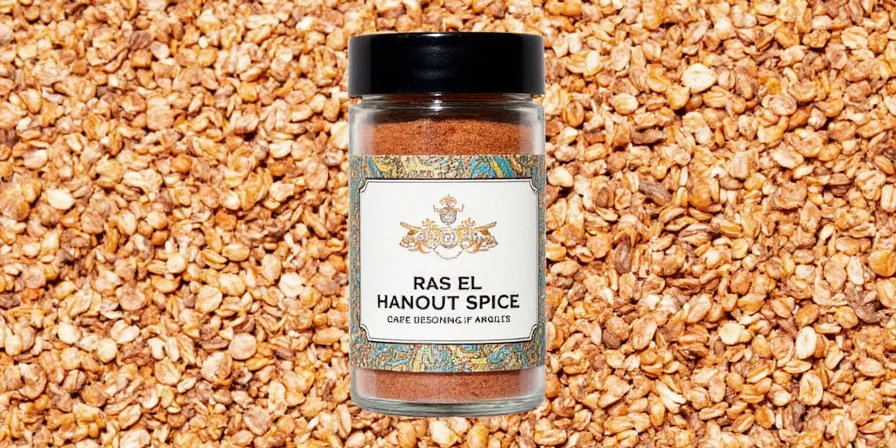
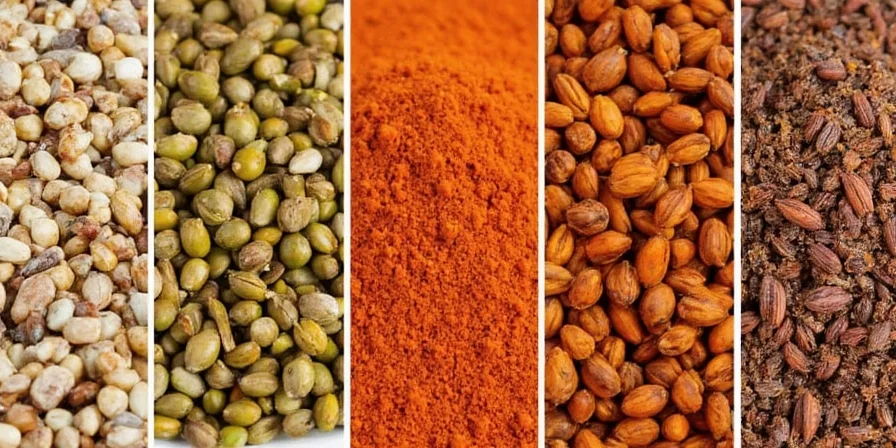

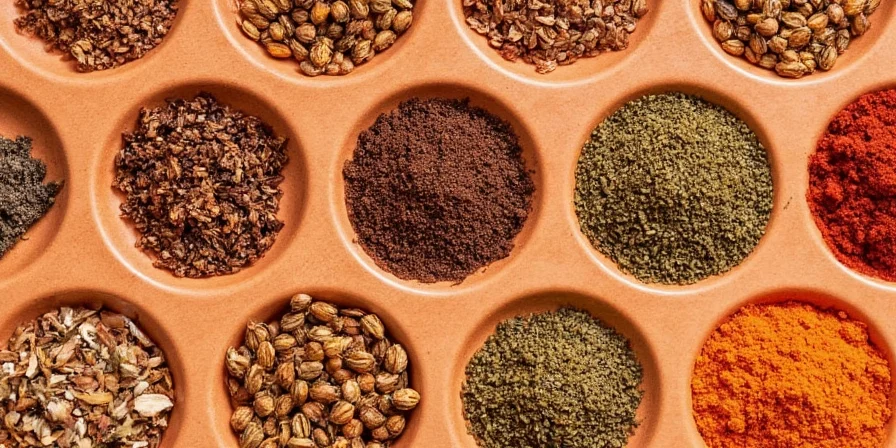
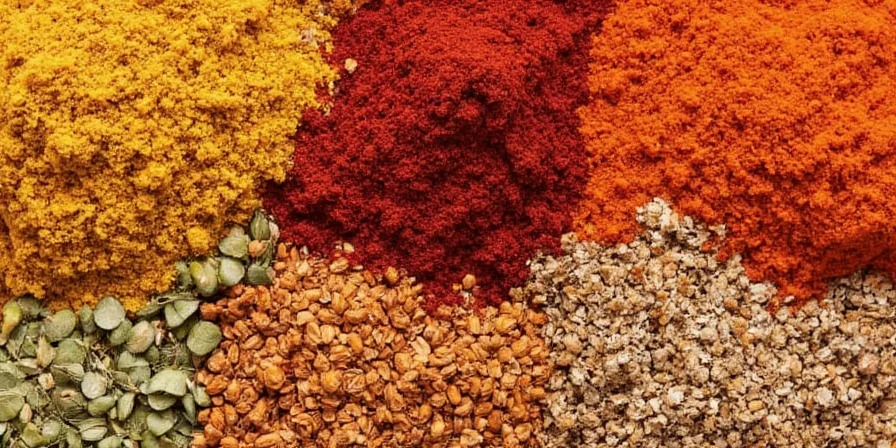
Tip #1: Master the Magic of Berbere
Berbere is the soul of Ethiopian and Eritrean cooking — a fiery, aromatic spice blend that’s more than just heat. It’s a carefully balanced symphony of chili peppers, garlic, ginger, fenugreek, and a medley of warm spices.
Pro Tip: Make your own at home! Here's a simple DIY version:
- 2 tbsp dried red chili flakes
- 1 tsp smoked paprika
- 1 tsp ground coriander
- 1 tsp ground cumin
- ½ tsp ground cinnamon
- ½ tsp ground allspice
- ½ tsp ground cloves
- ½ tsp cardamom powder
- 1 tsp garlic powder
- 1 tsp ginger powder
- 1 tsp fenugreek
| Spice | Purpose |
|---|---|
| Chili Flakes | Heat and depth |
| Coriander & Cumin | Earthy base |
| Cinnamon, Allspice, Cloves | Warm sweetness |
| Fenugreek | Unique bittersweet note |
Tip #2: Unlock Flavor with Ras el Hanout
Ras el Hanout means “top of the shop” in Arabic — a proud title for Morocco’s most iconic spice blend. Some versions contain up to 30 different spices, but you can create an amazing one at home with fewer ingredients.
Try this simplified blend:
- 2 tsp cumin
- 1 tsp coriander
- 1 tsp ginger
- 1 tsp cinnamon
- ½ tsp allspice
- ½ tsp nutmeg
- ¼ tsp clove powder
- ¼ tsp turmeric (for color)
This versatile blend works wonders in tagines, stews, and even roasted vegetables.
Tip #3: Cook Like a West African Pro with Soumbala
Soumbala might not ring a bell if you’re new to West African cuisine, but it’s as essential as miso or fish sauce in its region. Made from fermented locust beans, soumbala adds a deep umami punch to soups and stews.
How to Use Soumbala:
- Add a small spoonful to peanut soup (maafe) for extra depth.
- Mix into groundnut sauces before simmering.
- Use in leafy green dishes like kpalugu.
If you can’t find it locally, look for substitutes like soy sauce or miso paste — not the same, but they’ll work in a pinch.
Tip #4: Don’t Skip the Peri-Peri!
Peri-peri (or piri-piri) is both a chile pepper and a seasoning blend popular in Portuguese-African fusion cuisines, especially in Mozambique and Angola. The heat is bright, floral, and totally addictive.
Make your own peri-peri oil:
- 5 fresh peri-peri chilies (or habanero as a substitute)
- 4 garlic cloves, minced
- 1 tsp lemon zest
- 2 tbsp lime juice
- ½ cup olive oil
- Salt to taste
Blend everything until smooth and drizzle over grilled meats, seafood, or veggies. Store in the fridge for up to two weeks.
Tip #5: The Secret Ingredient – Dawadawa
Dawadawa, also known as dawida or African locust bean, is another fermented powerhouse in West African kitchens. It’s often compared to blue cheese in intensity — so use sparingly!
When to Use Dawadawa:
- In traditional soups like okra soup or ewedu soup
- To add savory richness to stews and porridges
- As a flavor booster in communal meals like fufu and soup combos
Because of its strong aroma, many beginners avoid it — but once you get used to it, you’ll wonder how you lived without it!
Conclusion: Elevate Your Spice Game with African Flavors
African spices are more than just ingredients — they’re stories, cultures, and centuries of culinary wisdom packed into every jar. From the complex layers of berbere to the funky richness of soumbala, each spice brings something unique to the table.
So next time you’re planning a meal, don’t reach for the usual suspects. Dare to go bold. Explore African spice blends. Let your kitchen smell like a bustling Marrakech market or a lively Lagos street stall. You might just discover your new favorite flavor!
Happy spicing!

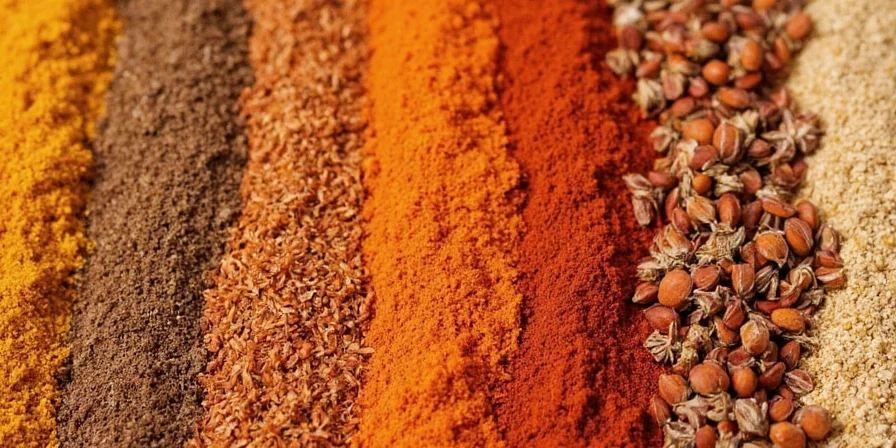









 浙公网安备
33010002000092号
浙公网安备
33010002000092号 浙B2-20120091-4
浙B2-20120091-4